What is a Bill of Lading?
A Bill of Lading is a vital legal document issued by a carrier to a shipper, detailing the type, quantity, and destination of the goods being carried. It serves as a shipment receipt when the goods are delivered at the predetermined destination. This document is crucial in the logistics and shipping industry as it also acts as a title document to the goods and a legally binding contract between the carrier and shipper for the carriage of goods.

Types of Bill of Lading Forms
There are several types of Bills of Lading forms, each serving different purposes in shipping:
Straight Bill of Lading
Order Bill of Lading
Negotiable Bill of Lading
Bearer Bill of Lading:
Switch Bill of Lading
House Bill of Lading and Master Bill of Lading
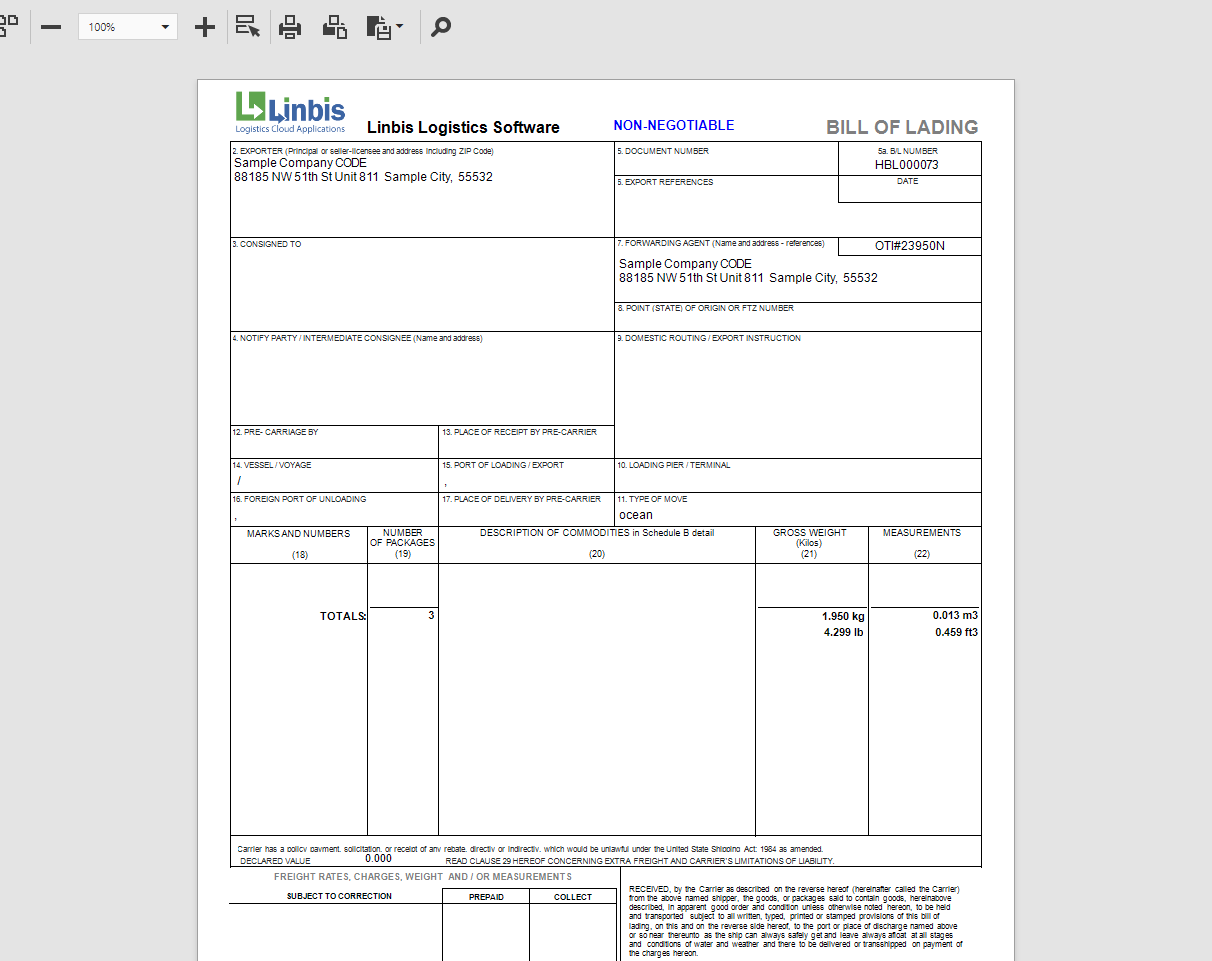
Straight Bill of Lading or Nonegotiable Bill of Lading
A non-negotiable Bill of Lading, also known as a straight bill of lading, is a crucial document used primarily when goods have been paid for in advance, and there is no need to transfer ownership of the goods during their transit. This type of Bill of Lading is non-negotiable and non-transferable, which means it specifies delivery to a particular consignee, as named in the document.
For example, in the electronics industry, a manufacturer may ship a large order of electronic parts to a retailer who has already completed payment. Upon shipment, the carrier issues a Straight Bill of Lading to the manufacturer, listing the retailer as the consignee. The carrier is then obligated to deliver the shipment directly to the retailer, and upon delivery, the retailer must present the Straight Bill of Lading to receive the goods.
This specificity ensures that the shipment goes directly to the predetermined recipient without the possibility of being claimed by anyone else along the way. It simplifies the delivery process by limiting the paperwork and handling typically involved with negotiable bills that allow for ownership transfer before delivery. This direct approach is particularly beneficial in industries dealing with high-value goods or when quick and precise delivery is critical to the business operations, such as in pharmaceutical or automotive parts distribution.
Order Bill of Lading
An Order Bill of Lading is a negotiable document used in international trade to ensure that goods can be transferred to another party while in transit. This flexibility makes it essential for transactions where payment hasn’t been completed prior to shipping.
For instance, in the commodities industry, a trader may purchase a shipment of coffee beans from Brazil. The trader uses an Order Bill of Lading, allowing them to sell these beans to another buyer while they are still being shipped. This second buyer, upon receiving the document, can then claim the shipment from the carrier at the destination port. This document not only acts as a receipt but also as a title document, facilitating multiple sales transactions without physical handling of the goods.
This document is particularly useful in trading networks where ownership needs to change hands one or more times during transit without disrupting the movement of the goods.
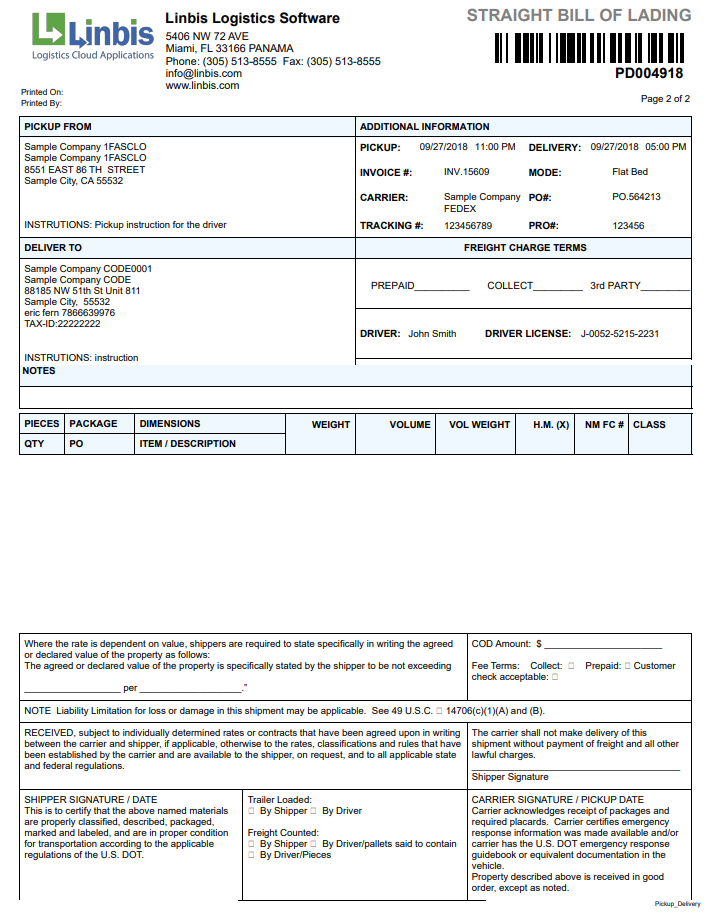
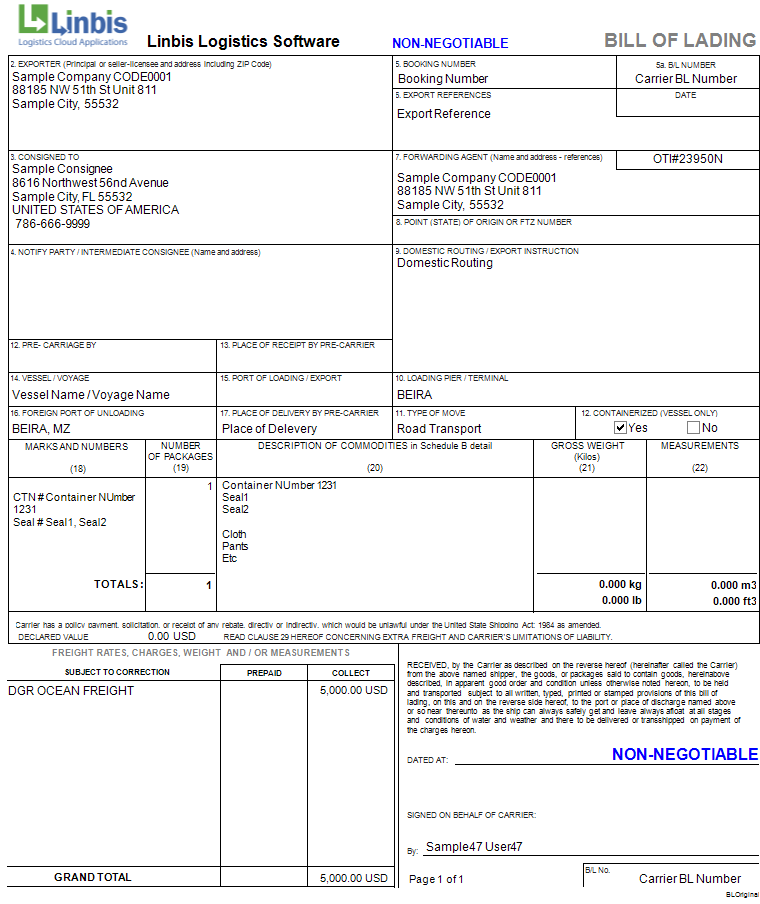
Negotiable Bill of Lading
A Negotiable Bill of Lading is used to facilitate the buying and selling of goods while they are in transit. It serves as a key financial document in international trade, allowing the goods’ ownership to be transferred by endorsing the bill to another party. This type of Bill of Lading is particularly valuable in global trading where buyers and sellers might not be in the same country.
For example, a U.S. company might order electronics from China but find a buyer in Europe while the goods are en route. By using a Negotiable Bill of Lading, the U.S. company can endorse the document to the European buyer, who then gains the right to claim the goods upon arrival. This flexibility is crucial for facilitating seamless international trade, allowing transactions to adapt quickly to market demands without physically moving the goods back and forth.
Bearer Bill of Lading
A Bearer Bill of Lading, also known simply as a Bearer Bill, allows the goods to be delivered to whoever holds the bill at the time of delivery, without requiring endorsement. This type of Bill of Lading does not specify a named consignee; instead, possession of the document itself confers ownership of the goods. This feature makes it highly flexible but also potentially risky, as control of the cargo can change hands simply by transferring the document. It is typically used when quick transfer of ownership is necessary and is less common in regular shipping due to its inherent security risks.
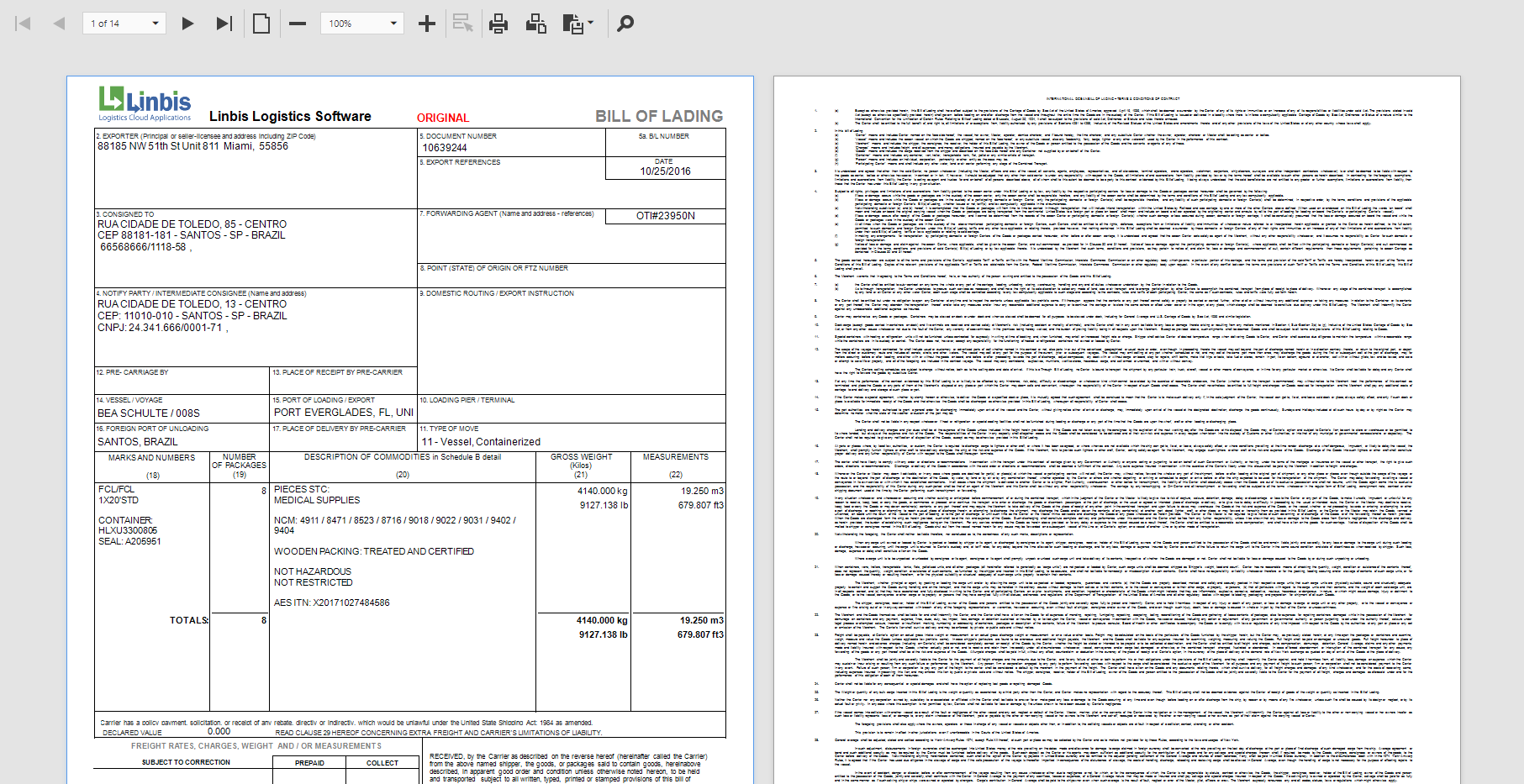
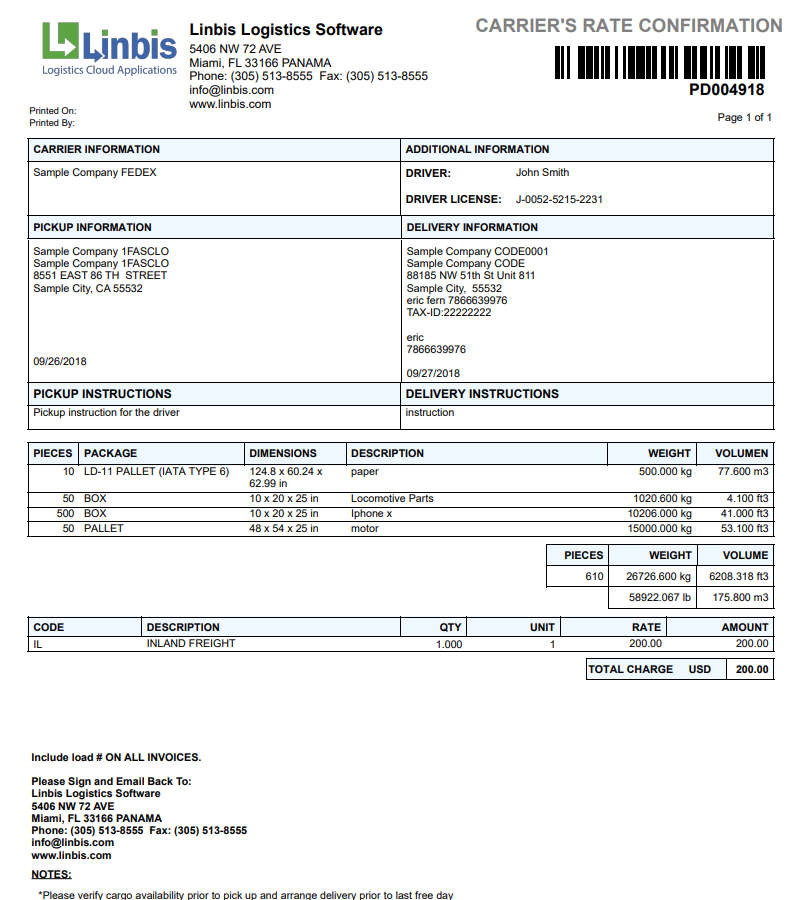
Switch Bill of Lading
A Switch Bill of Lading is used to substitute the original bill, usually for reasons like changes in trade details or to enhance confidentiality. It is reissued by the shipping company upon request and under specific conditions, ensuring that all original bills are first surrendered to avoid duplicates circulating in the market.
For example, imagine a company that initially ships goods to a distributor in Spain, but while the goods are in transit, the distributor sells them to a retailer in France. The company may request a Switch Bill of Lading to reflect the new destination and consignee details, ensuring the goods are correctly delivered to France without returning them to the origin.
Switch Bills are critical for managing changes smoothly in international trade but require meticulous handling to maintain the security and integrity of the shipping process.
House Bill of Lading and Master Bill of Lading
In the realm of logistics, the distinction between a House Bill of Lading (HBL) and a Master Bill of Lading (MBL) is crucial for understanding the flow of goods and documentation, especially in consolidated shipments. The HBL is issued by a Non-Vessel Operating Common Carrier (NVOCC) or freight forwarder to the actual shipper of the goods. This document serves as a receipt for each individual consignment within a larger shipment and details the goods shipped, the consignee, and the destination.
Conversely, the MBL is issued by the main carrier (the shipping line) to the NVOCC or freight forwarder. It covers the entire consolidated shipment that the carrier transports, incorporating all the individual consignments under a single bill. This master document is critical for the main carrier’s interactions with major entities like ports and customs authorities.
For instance, imagine a scenario where a freight forwarder is shipping electronics, garments, and perishable items from multiple suppliers in China to distributors in the United States. Each supplier receives an HBL for their specific goods. When these goods are consolidated into one container, the main carrier, which could be a large shipping company, issues an MBL to the freight forwarder. The MBL encompasses all the different products in the container, facilitating smoother processing at customs and during the unloading at the destination port. This layered documentation structure ensures accurate tracking and management of each part of the shipment while maintaining clear lines of responsibility and legality throughout the transportation process.
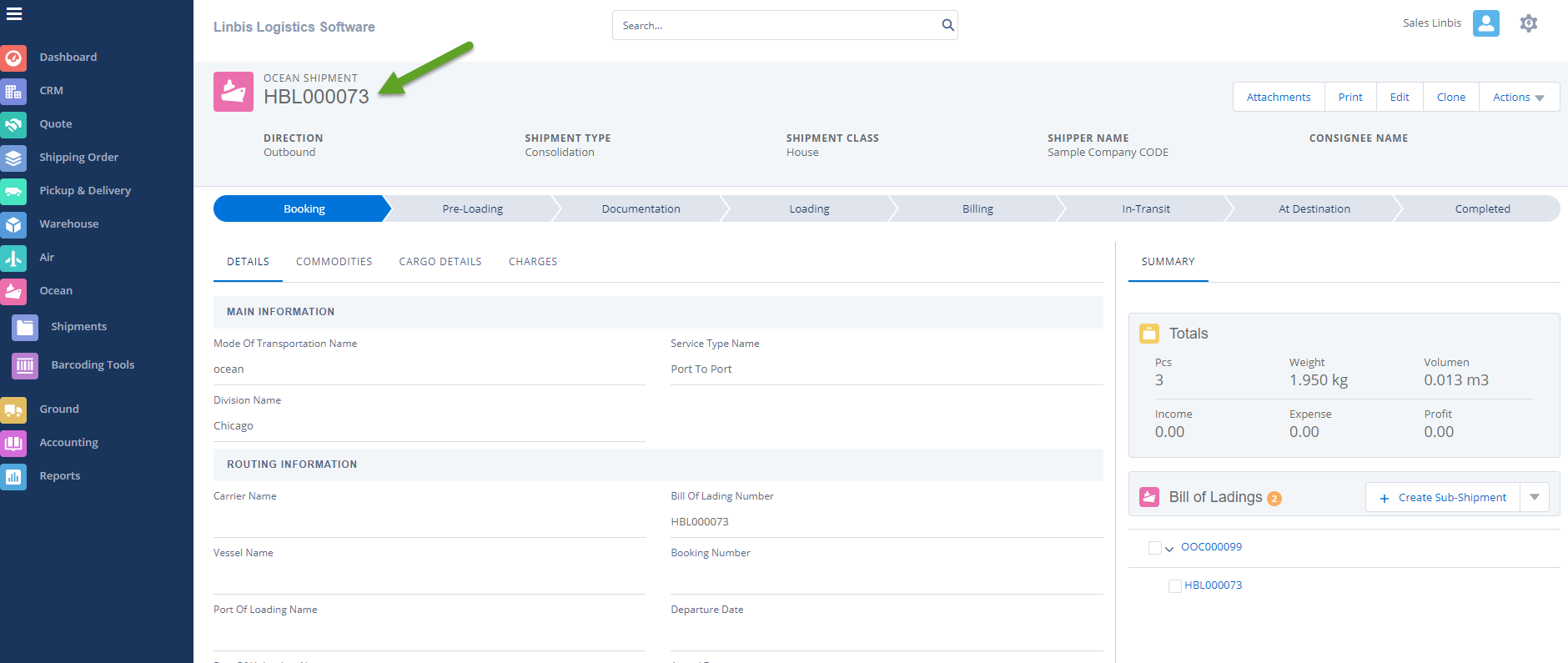
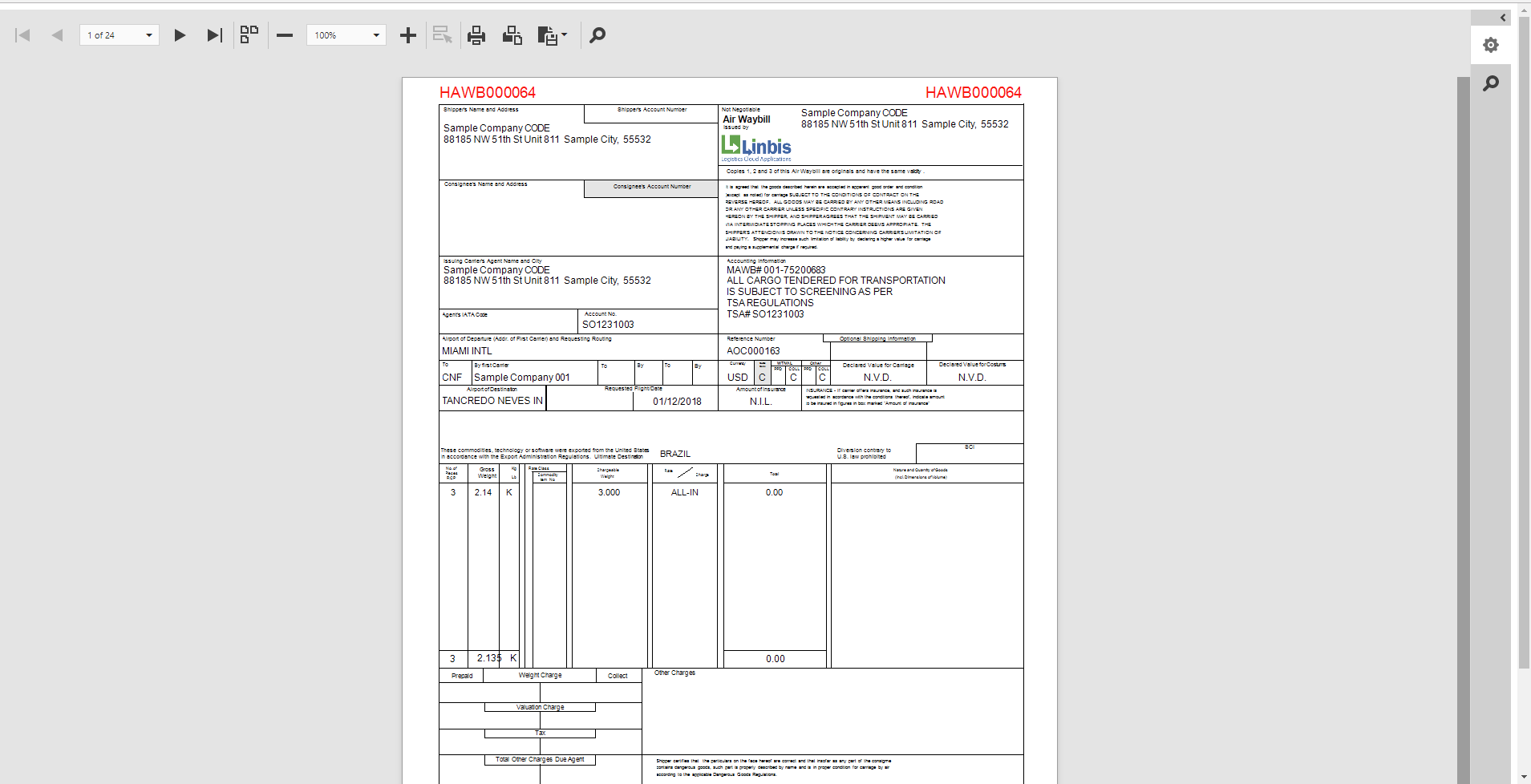
Through Bill of Lading
A Through Bill of Lading (TBL) is particularly useful for shipments that require multiple modes of transportation, such as sea, land, and air. It covers the movement of goods from the point of origin to the final destination under a single contract, even though different carriers may handle each segment of the journey. This simplifies the logistics process by providing a seamless chain of custody and reducing the need for separate documentation for each leg of the trip.
For example, goods shipped from India to the U.S. might start their journey on a truck, move to a ship for ocean transit, and finally be transported by rail or truck to their ultimate destination within the U.S. A TBL would cover all these segments, ensuring that all the involved parties have a single, unified document detailing the entire journey, which streamlines customs clearances and handling.
What is in a Bill of Lading
A Bill of Lading must include several key elements to ensure it serves its purpose effectively as a legal document and a receipt of shipment. Here are the essential components:
Shipper and Receiver Information
Description of Goods
Quantity
Destination
Carrier Information
Terms of Carriage
Step-by-Step Guide for Filling Out a Bill of Lading
Gather Information: Before you begin, ensure you have comprehensive details about the shipment, such as shipper and consignee information, contact details, and precise shipment locations. For example, in the electronics industry, it’s critical to capture exact details due to the high value and sensitivity of the products.
Describe the Goods: Accurately describe each item being shipped, including type, quantity, and weight. In the chemical industry, include necessary hazard classifications and handling instructions, ensuring all safety protocols are noted to comply with regulations.
Determine the Route: Specify the entire route, from origin to destination, including transshipment points if applicable. In the agriculture sector, where produce might be transported from rural areas to urban markets, detailing route stops is essential for maintaining freshness. Track bill of lading directly in the WMS system from your warehouse to the clients warehouse.
Assign a Bill of Lading Number: Ensure each document is uniquely numbered for easy tracking. This is especially important in the automotive parts industry where shipments often contain multiple components requiring careful coordination.
State Terms of Carriage: Clearly outline all contractual terms for transportation, including freight charges, insurance details, and delivery deadlines. This step is crucial in industries like fashion retailing, where timely, condition-sensitive delivery is vital for seasonal merchandise.
Sign and Date: The authorized shipper or their agent must sign the Bill of Lading, confirming the accuracy of the information. This signature legally binds the carrier to transport the goods as agreed, making it a critical step.
Distribute Copies: Provide copies to all involved parties—the shipper, the carrier, and the consignee. For instance, in international trade, consignees need this document to claim ownership upon arrival, making distribution vital.
FAQ: Bill of Lading
- What is a Bill of Lading? A Bill of Lading (BOL) is a legal document issued by a carrier to a shipper, detailing the type, quantity, and destination of the goods being shipped. It serves as a shipment receipt when the goods are delivered.
- Why is a Bill of Lading important? A BOL is crucial for shipping as it acts as proof of shipment when transferring goods from the shipper to the carrier and from the carrier to the receiver. It also serves as a title of ownership and is essential for international trade.
- What are the different types of Bill of Lading? There are several types including Straight (non-negotiable), Order (negotiable), and Seaway – each serves different purposes depending on the nature of the shipment and the required delivery specifics.
- How do I fill out a Bill of Lading correctly? Ensure accurate entry of all pertinent details like shipper information, consignee details, and a detailed description of the goods. Each field in the pickup and delivery software should be filled out comprehensively to avoid issues during shipment.
- Can a Bill of Lading be amended? Yes, but amendments must be agreed upon by all parties involved in the shipment, including the shipper, carrier, and consignee. Amendments are usually documented in writing and added to the original BOL.
- What happens if a Bill of Lading is lost? A lost BOL can complicate the shipping process. Solutions include issuing a new BOL, obtaining a letter of indemnity, or other legal measures to ensure the cargo can be delivered without the original document.
- How does Linbis help manage Bills of Lading for different industries? Linbis streamlines the creation and management of Bills of Lading for industries such as manufacturing, retail, and agriculture by providing customized templates and automated data entry features that save time and reduce errors.
- What features does Linbis offer for tracking Bills of Lading in the logistics sector? Linbis offers real-time tracking features that allow logistics companies to monitor their shipments at every stage, update statuses, and manage documentation efficiently from a centralized platform.
- In the context of pharmaceuticals, how does Linbis ensure compliance with regulations through the Bill of Lading? Linbis ensures that all pharmaceutical shipments meet regulatory requirements by automatically including necessary compliance information and handling instructions in the Bill of Lading.
- Can Linbis integrate with other supply chain management tools to enhance Bill of Lading operations? Yes, Linbis can integrate seamlessly with various supply chain management software to provide a cohesive platform that enhances the creation, management, and tracking of Bills of Lading.
- What support does Linbis provide for electronic Bills of Lading? Linbis supports electronic Bills of Lading, allowing users to create, send, and manage them digitally, which enhances security, reduces paper waste, and increases processing speed.
Integrating Bill of Lading management with Linbis software
Integrating Bill of Lading management with Linbis enhances the capabilities of freight forwarding software, logistics software, and distribution management software, offering substantial benefits across various sectors:
Freight Forwarders: Leveraging Linbis for automated Bill of Lading management reduces manual errors and speeds up document processing, crucial for maintaining shipment schedules and regulatory compliance.
Distributors (Food, Electronics, Apparel): Linbis tailors features for different distributor needs, enabling precise tracking and documentation—from perishables with expiry tracking in food distribution to serial numbers in electronics.
Exporters and Importers: Linbis streamlines international shipments by ensuring Bills of Lading comply with global trade regulations, facilitating smoother customs engagements and faster turnover at borders.
By integrating these functionalities, Linbis not only boosts operational efficiency across the supply chain but also enhances data accuracy, leading to improved logistics management and reduced overhead costs.
